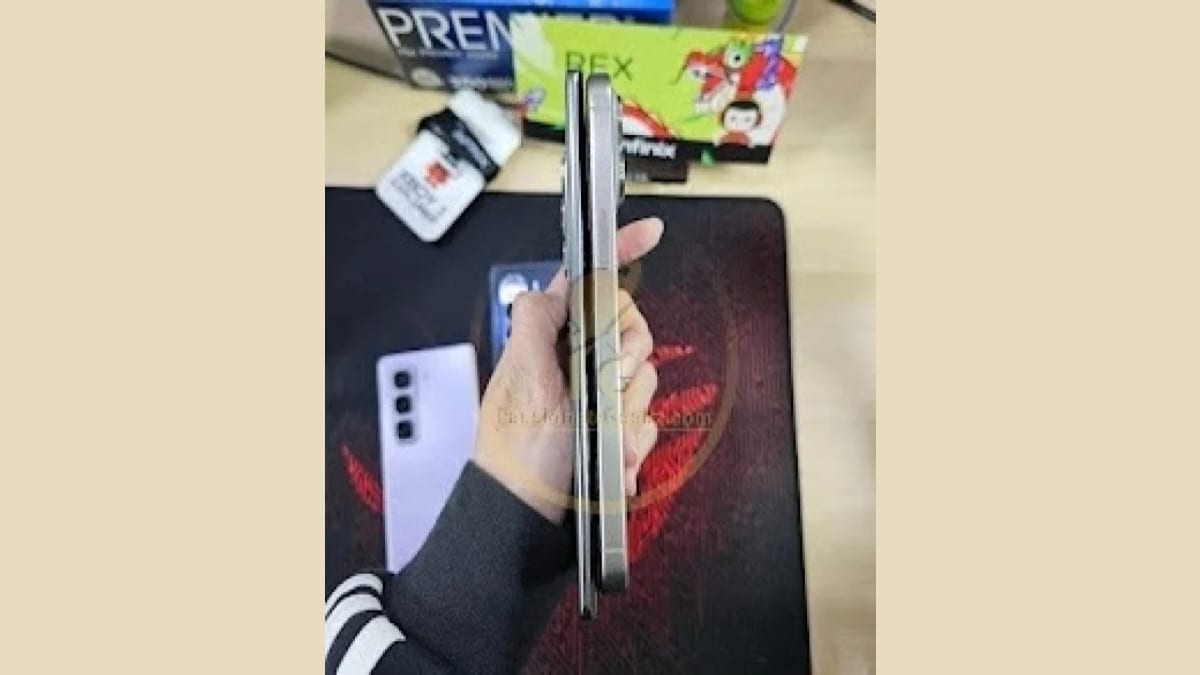The Evolution of Smartphones: Slimmer Designs and Innovative Features
As technology advances, we witness a remarkable evolution in the design and functionality of smartphones. Among the most notable trends is the continuous reduction in the thickness of these devices. Infinix, a dynamic player in the smartphone market, is gearing up to make headlines by developing what could be the thinnest smartphone ever—measuring just 6mm in thickness.
Infinix’s New Launch: The Quest for the Thinnest Smartphone
Following the launch of the Infinix Hot 50 5G, the brand is reportedly focusing its efforts on introducing an even sleeker model. This latest project, which aims to achieve a groundbreaking thickness of merely 6mm, has attracted considerable attention from tech enthusiasts and industry insiders alike. Details about the device surfaced through leaks, suggesting that it could redefine the standards for slim smartphones.
Design Innovations: Curved Displays and Lightweight Materials
The leaked live images of the upcoming Infinix smartphone reveal an innovative design featuring a stunning curved display made from 3D curved glass. This design not only enhances the aesthetics of the phone but also contributes to its ultra-slim profile. The back panel is similarly designed, with curves that taper towards the edges, merging seamlessly with the central frame to create an illusion of even greater thinness.
Thickness Comparison: Infinix vs. iPhone
| Smartphone Model | Thickness |
|---|---|
| Infinix Upcoming Smartphone | 6mm |
| iPhone 16 Pro Max | 8.25mm |
To put this into perspective, the recently launched iPhone 16 Pro Max has a thickness of 8.25mm, making the Infinix phone notably slimmer. This difference in thickness emphasizes Infinix’s commitment to pushing the boundaries of smartphone design.
Camera Features and Battery Technology
While only the back panel of the upcoming smartphone has been glimpsed in the leaked images, early reports suggest that it may borrow design elements from the Infinix Hot 50 5G. The rear is expected to feature a rectangular camera module housing three camera sensors along with an LED flash. Enhanced camera capabilities paired with the phone’s slim profile will likely appeal to photography enthusiasts.
A significant factor contributing to the phone’s slender design is the use of silicon-carbon batteries, which offer higher energy density compared to traditional graphite batteries. This innovation allows for a more compact battery size, ultimately enabling manufacturers to produce slimmer smartphones without sacrificing performance.
Conclusion
Infinix’s endeavor to develop the thinnest smartphone is an exciting development in the tech world. With its sleek design, advanced camera technology, and innovative battery solutions, the upcoming device could set new industry standards for slim smartphones. As we await further announcements, one thing is certain—smartphone enthusiasts have much to look forward to in the coming months.











